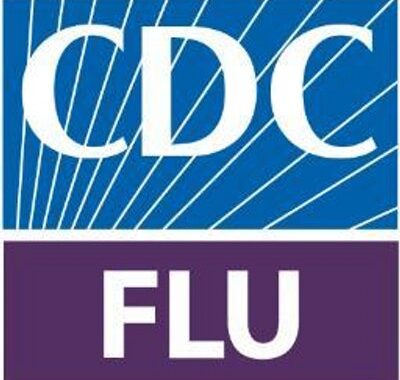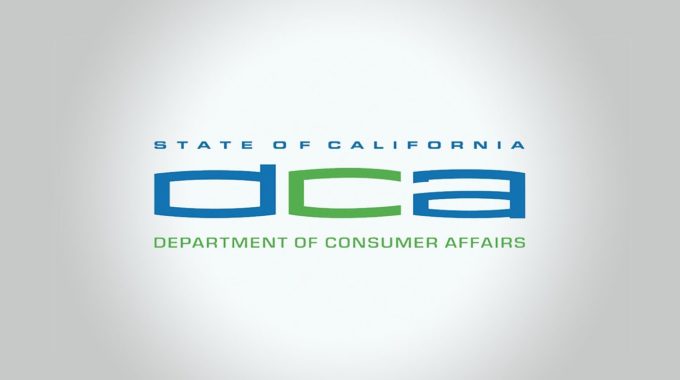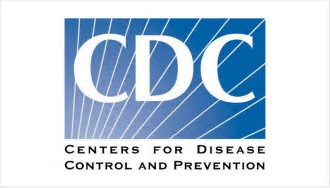As flu season intensifies, dental healthcare personnel (DHCP) play a vital role in protecting both…

New Cal/OSHA COVID-19 Non-Emergency Regulation to Take Effect mid-January 2023
 On December 15, 2022, the California Occupational Safety and Health Standards Board voted to adopt the COVID-19 Prevention Non-Emergency Regulations, to replace the May 2022 version of the emergency temporary standard. The regulation is expected to be approved by the Office of Administrative Law (OAL), and to take immediate effect, in mid-January. If approved, the new regulation will remain in effect for two years.
On December 15, 2022, the California Occupational Safety and Health Standards Board voted to adopt the COVID-19 Prevention Non-Emergency Regulations, to replace the May 2022 version of the emergency temporary standard. The regulation is expected to be approved by the Office of Administrative Law (OAL), and to take immediate effect, in mid-January. If approved, the new regulation will remain in effect for two years.
Notable provisions include:
- COVID workplace measures: Employers are legally obligated to provide and maintain a safe and healthy workplace for employees, including by taking measures to prevent COVID-19 exposure. Employers must continue to maintain an effective written COVID-19 Prevention Plan, either as part of their existing Injury and Illness Prevention Program (IIPP) or in a separate document, that includes measures to prevent workplace transmission, employee training, and methods for responding to COVID-19 cases at the workplace.
- COVID-19 Testing: Employers must make COVID-19 testing available at no cost and during paid time to employees following a close contact, except for returned cases.
- CDPH Guidelines: Employers must follow California Department of Public Health (CDPH) guidelines with respect to use of face coverings, building ventilation, and isolation and quarantine guidance, including definition of “infectious period”.
- Close Contact Definition: Close contact is defined by the size of the workplace:
- For indoor spaces of 400,000 or fewer cubic feet per floor, a close contact is defined as sharing the same indoor airspace as a COVID-19 case for a cumulative total of 15 minutes or more over a 24-hour period during the COVID-19 case’s infectious period, as defined in the regulations, regardless of the use of face coverings.
- For indoor spaces of greater than 400,000 cubic feet per floor, a close contact is defined as being within six feet of the COVID-19 case for a cumulative total of 15 minutes or more over a 24-hour period during the COVID-19 case’s infectious period, as defined in the regulations, regardless of the use of face coverings.
- Offices, suites, rooms, waiting areas, break or eating areas, bathrooms, or other spaces that are separated by floor-to-ceiling walls shall be considered distinct indoor spaces.
- COVID-19 Tracking and Notification: Employers must continue to track employee COVID-19 cases and notify affected employees, by individual or posted notice, when a COVID-19 case was present at the worksite.
- Major Outbreaks: Major outbreaks are now reportable to Cal/OSHA. Employers are no longer required to report outbreaks of three or more cases to their local health department.
Cal/OSHA is expected to update its online FAQ on the new regulation once it becomes final.
For our OSHA Review subscribers… we will be updating the COVID-19 Prevention Plan Template Form, which will available to download from our website.
Since 1992, OSHA Review, Inc. has provided dental professionals with comprehensive programs to support regulatory compliance and infection control. We are a registered continuing education provider in the state of California, specializing in Dental Practice Act, infection control, and OSHA training.



